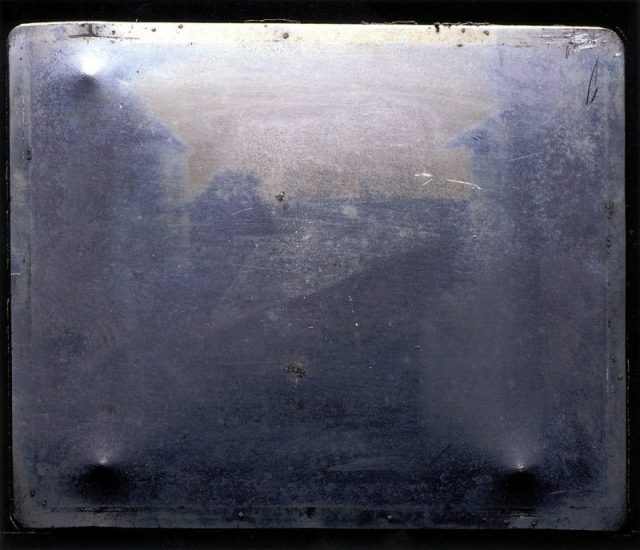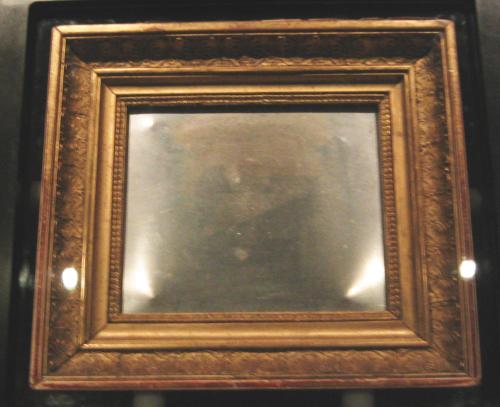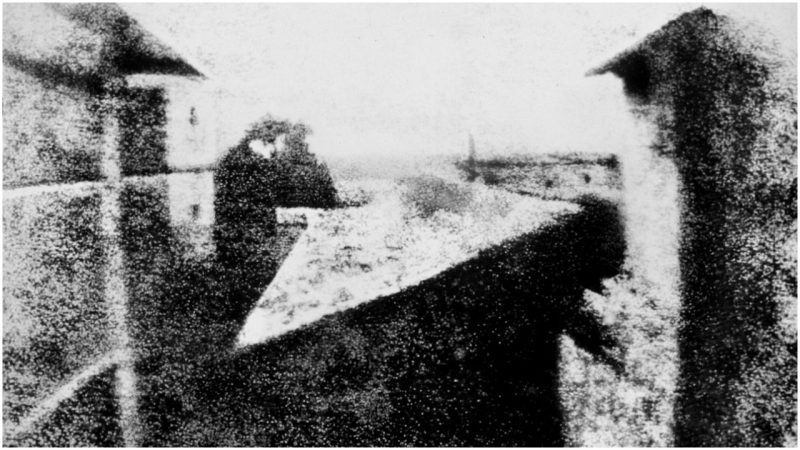Photography has always been a game of lights and shadows, projecting through the lens to capture a moment that is meant to last forever. While most people would accept this statement without putting much more thought into it, for those true aficionados of photography, it means everything. It’s what makes photography special, a magic brought to life by an apparatus that has the ability to bend reality into a single frame. An illusion for the eyes immortalized for eternity.
For a medium that’s been around just less than two centuries, photography has evolved quite rapidly, reaching a point that it has almost come full circle. Why is that, you may ask? Well, first of all, the rapid advances in technology made it possible for anyone to own a camera. And second, it is small enough to fit in your pocket.
What is truly amazing is that photography has changed drastically in a record timespan. From something that demanded science, attention to detail, and engineering, now it’s just a part of ones and zeros, a binary digital interface ready to do the job for you. All you need to do is click.
Don’t get us wrong, what we aim for it is not to undermine, in any way, the benefits that digital photography has given us. On the contrary, we simply want to point out how the medium has perfected, and more importantly, where it all began.

The place was Saint-Loup-de-Varennes, France, and the man behind the camera was Nicéphore Niépce. As for the year, it’s presumed that it was sometime between 1826 and 1827.
Curious by nature and a great admirer of lithography and arts, Niépce had always wanted to pursue a career in that field. But there was a small problem–he simply couldn’t draw. Not willing to give up, he somehow managed to turn that into an advantage and to create something truly revolutionary.
Spending long hours at his family house, which also served as his lab, Niépce began experimenting with a camera obscura, which eventually resulted in the invention of the process called heliography. This particular process was crucial in the creation of what is now considered to be the world’s first photograph.
The heliographic image, known as View from the Window at Le Gras, which Niépce took from the window of his family house, was made over a decade before photography became a thing. Needless to say, it kick-started an art form.
Excited about what he had come up with, Niépce took the image to England with him, where he presented it to botanical artist Francis Bauer, who showed a keen interest and was fascinated by the new heliography process. Bauer personally escorted Niépce to the Royal Society to demonstrate. However, after he was unwilling to share all the details on this method, the Royal Society rejected his submission.

Several years later, almost penniless, Niépce died unexpectedly of a stroke. He left View from the Window at Le Gras and his paper about the heliography process to Francis Bauer, who went on to promote him as the first man to invent a process for creating permanent photographs.
The world’s first photograph changed hands frequently after Bauer’s death and in 1905 it somehow mysteriously vanished–only to be rediscovered about 50 years later by historian Helmut Gernsheim. In 1963 the photo was acquired by the Harry Ransom Humanities Research Center in Austin, Texas, where it resides to date.
Related story from us: Robert Cornelius: The man who took the first selfie in the world in 1839
While not much to look at, the photo has priceless historical value. More than that, it’s a genuine artifact. Niépce himself couldn’t have been aware of how important his discovery actually was. But if history has thought us anything, it is that all big things have small beginnings.
